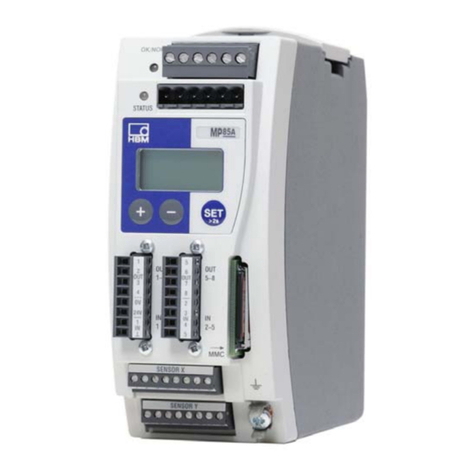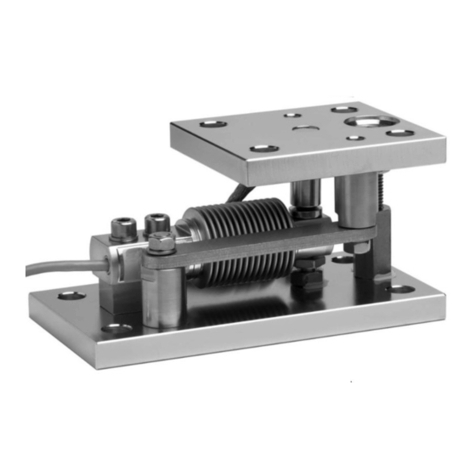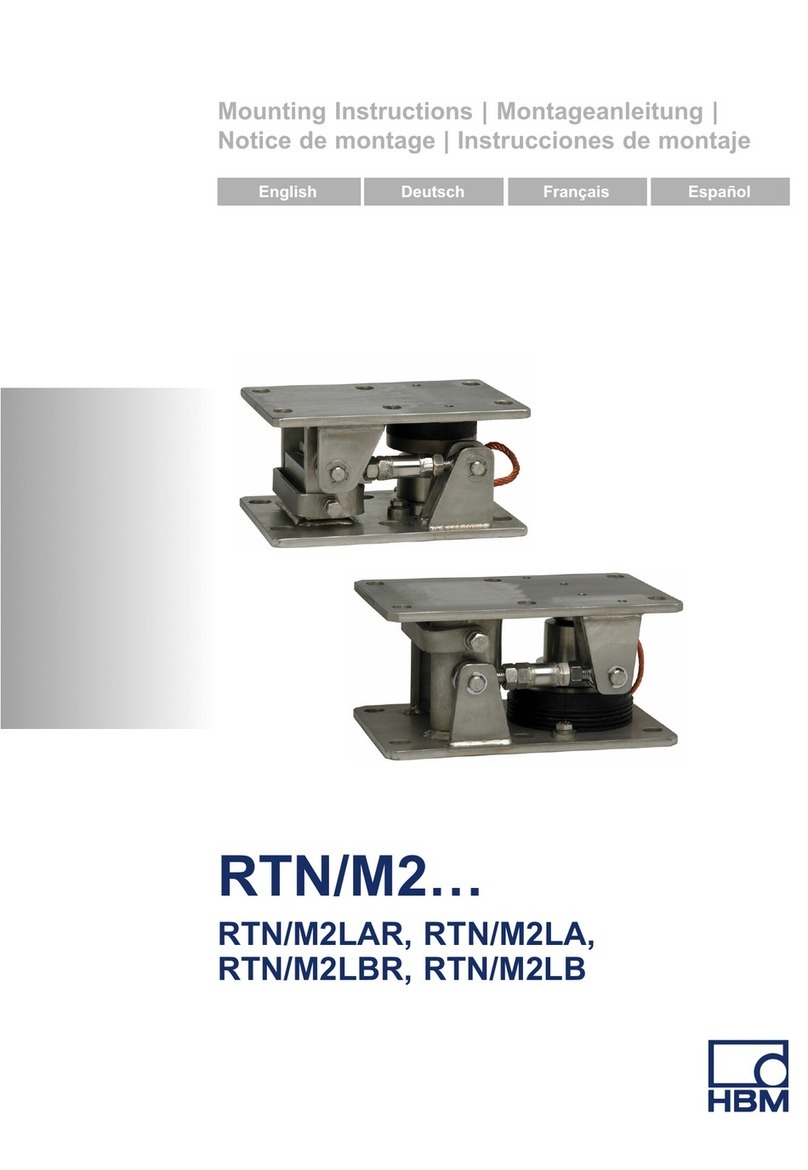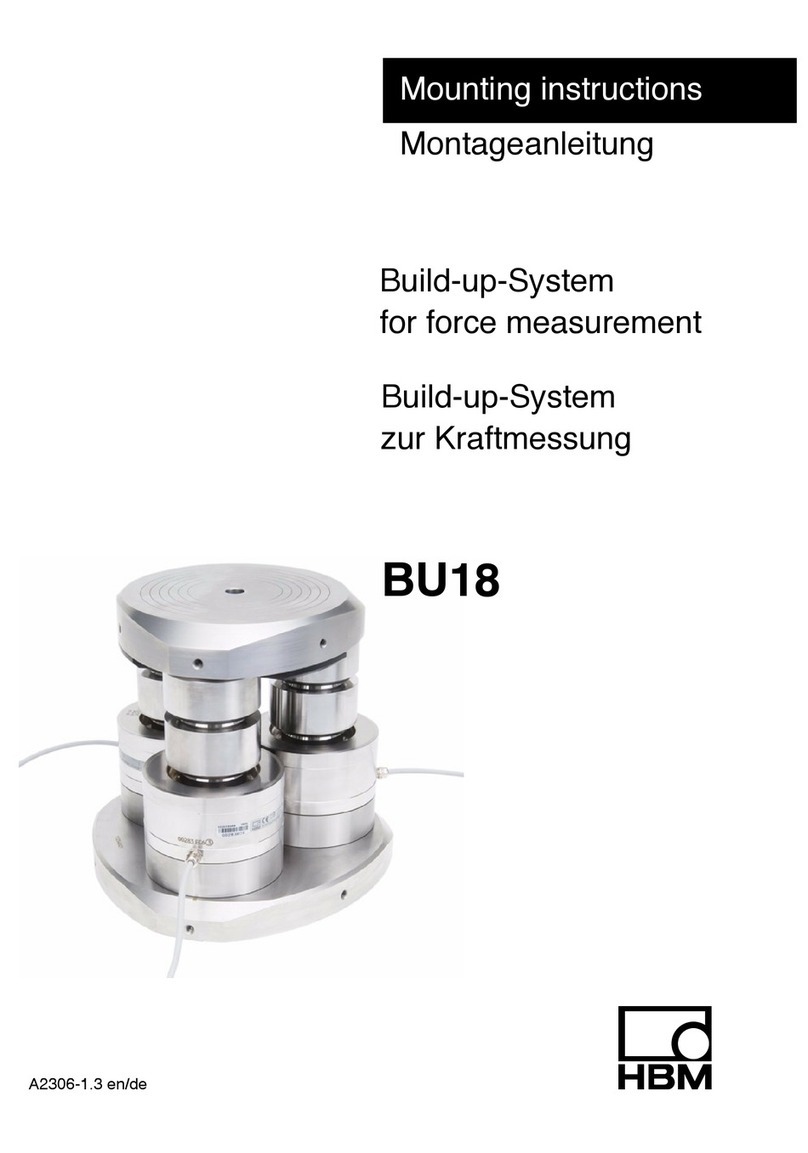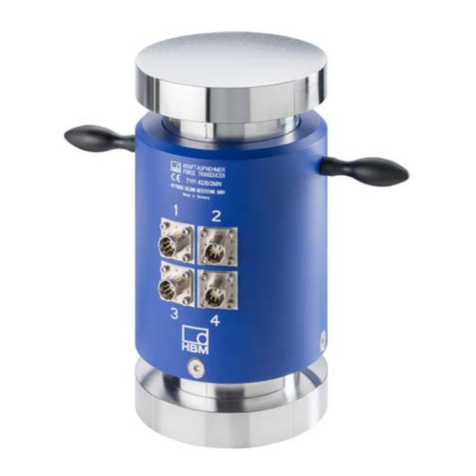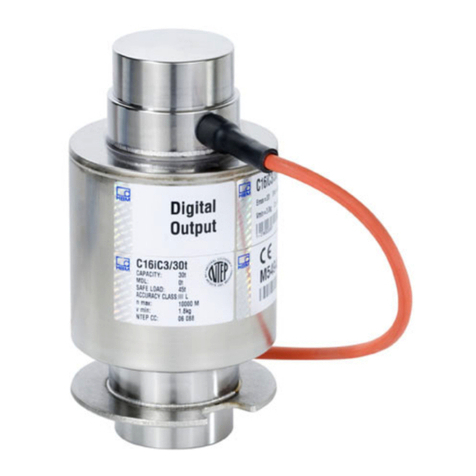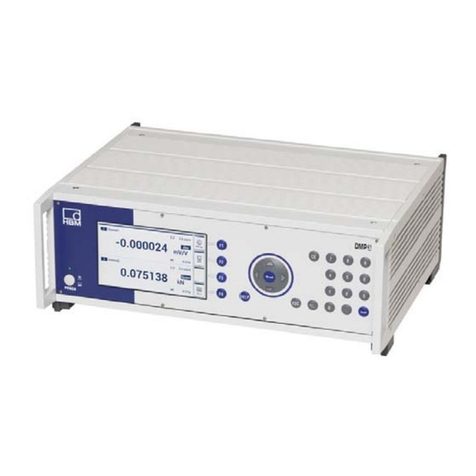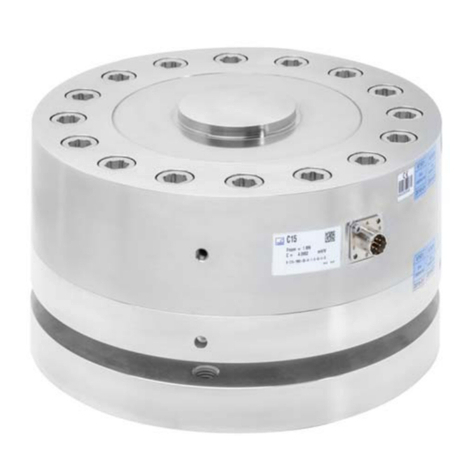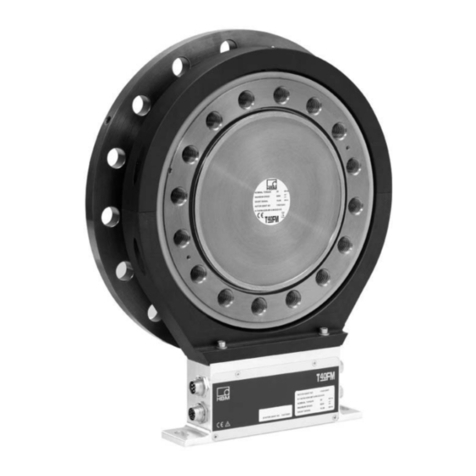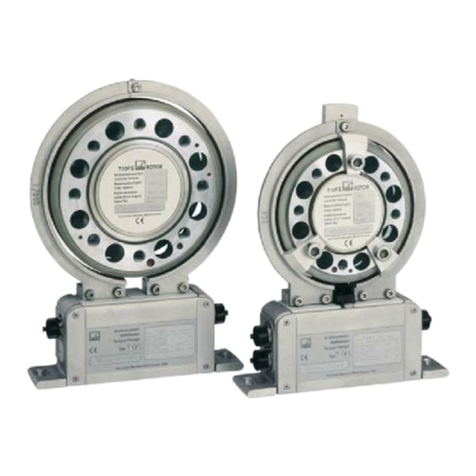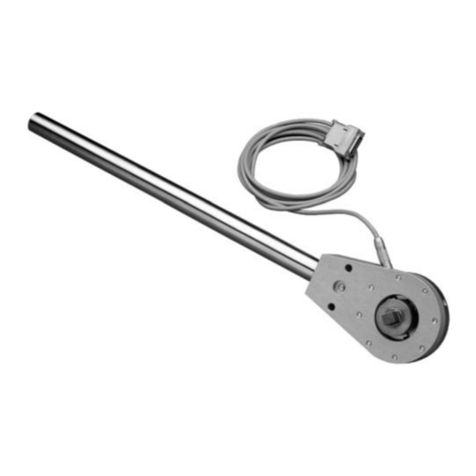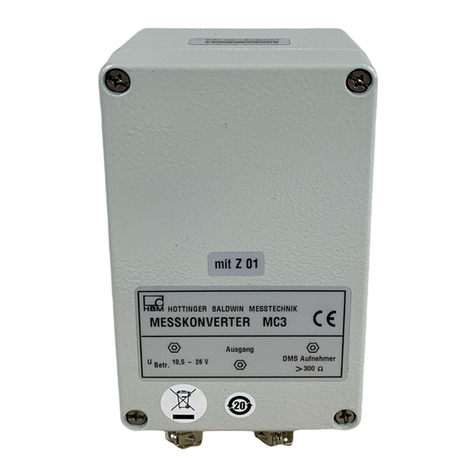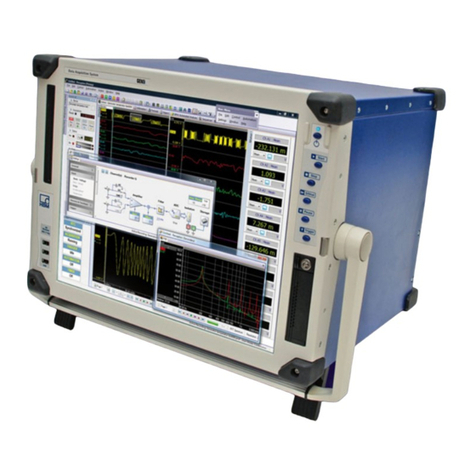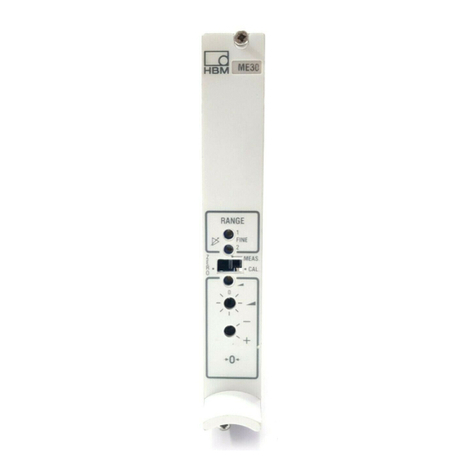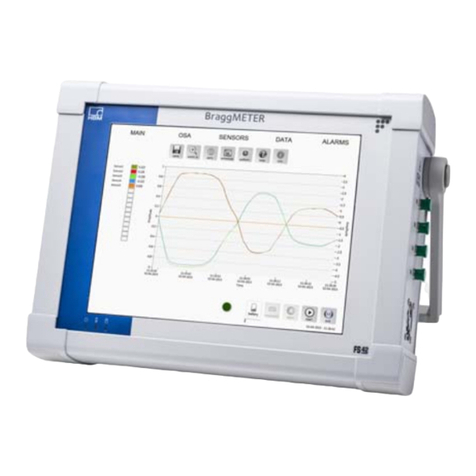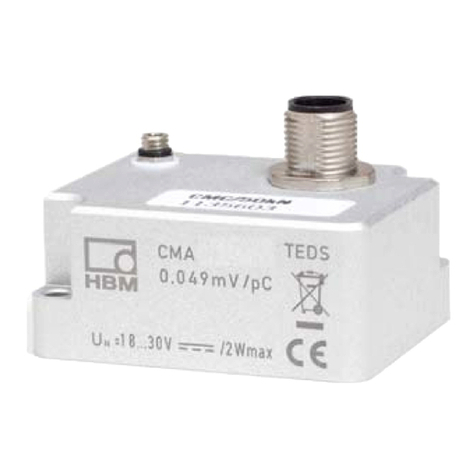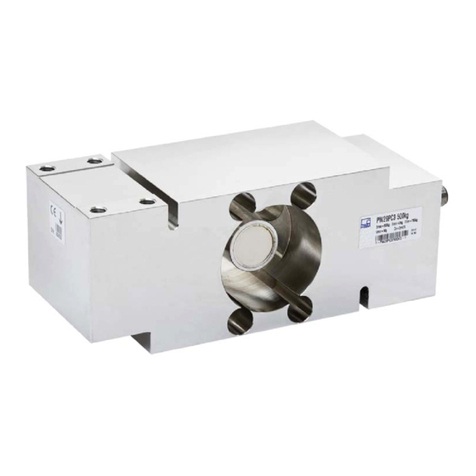
4ME250S6
HBM A0827-4.1 en/de
Safety instructions
To ensure adequate immunity from interference, use only Greenline shielded
ducting (see HBM offprint ”Greenline shielding design, EMC-compliant
measuring cable; G36.35.0 ).
The connecting cables (50 V) must have an insulating strength of at least
350 V(AC).
Use in accordance with the regulations
The ME250S6 with connected transducers is only to be used for
measurement tasks and directly associated control functions. Use for any
purpose other than the above shall be deemed to be not in accordance with
the regulations.
To ensure safe operation, the amplifier may only be operated in accordance
with the information given in the Operating Manual. It is also essential to
comply with the legal and safety requirements for the application concerned
during use. The same applies to the use of accessories.
General dangers due to non-observance of the safety instructions
The ME250S6 is a state-of-the-art device and is fail-safe. The device may
give rise to further dangers if it is inappropriately installed and operated by
untrained personnel.
Any person instructed to carry out installation, commissioning, maintenance or
repair of the device must have read and understood the Operating Manual
and in particular the technical safety instructions.
Conditions on site
Protect the ME250S6 from damp and weather influences such as rain, snow,
etc.
Maintenance and cleaning
The measuring amplifier is maintenance free. Please note the following points
when cleaning the front panel:
Before cleaning, disconnect the ME250S6 from the mains power supply.
Clean the front panel with a soft, slightly damp (not wet!) cloth. You should
never use solvent, since this could damage the labelling on the front panel.
When cleaning, ensure that no liquid gets into the device or connections.












